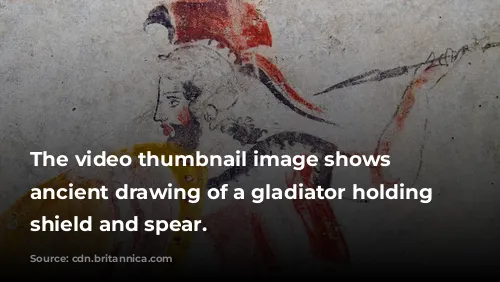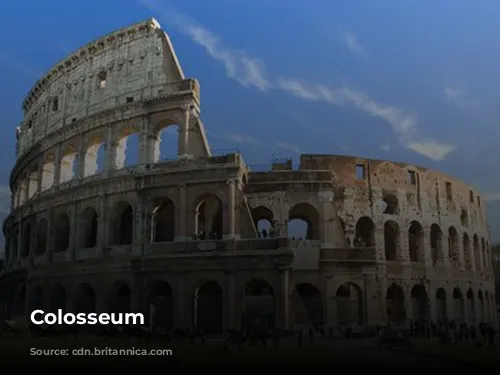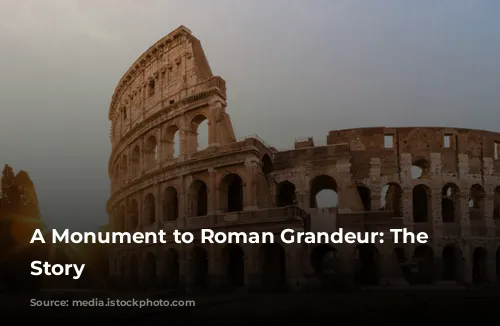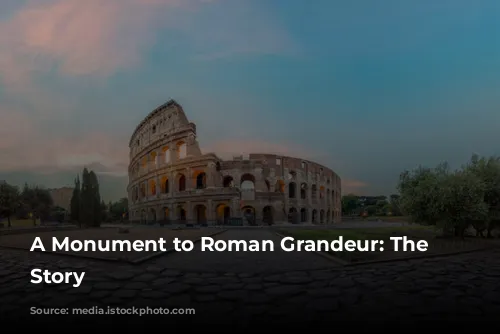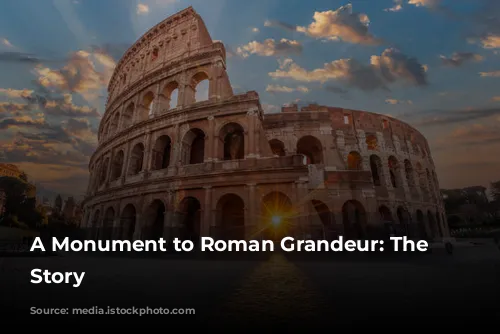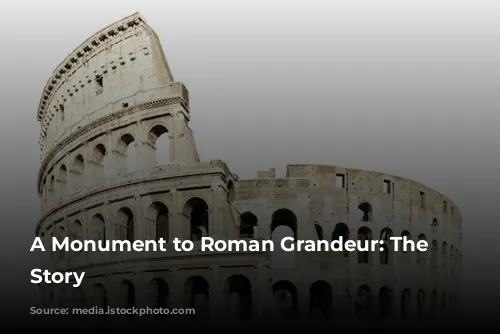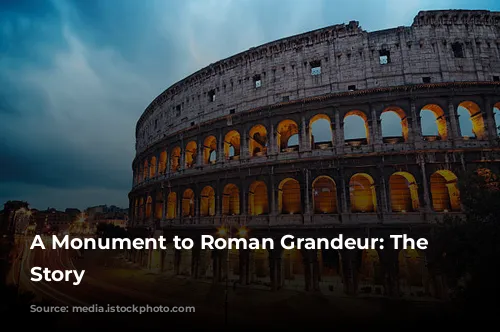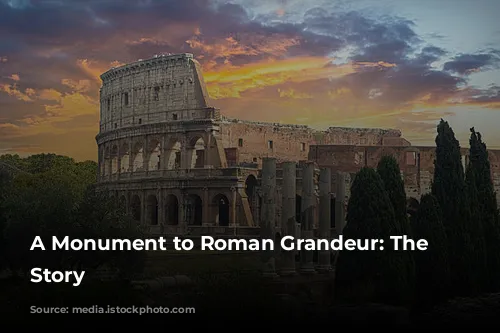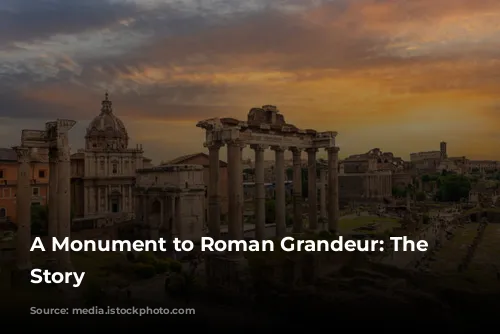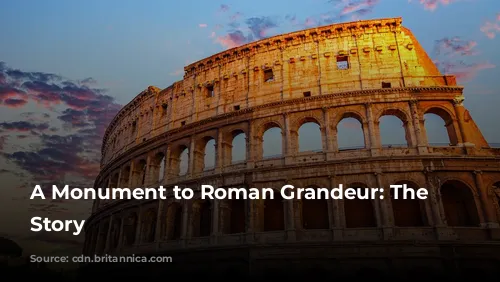The Colosseum, a towering testament to ancient Rome’s architectural brilliance, stands today as one of the few mostly intact structures from the Roman Empire. Not only a captivating historical landmark, it also plays a vital role in the Italian economy.
In 2018, the Colosseum, Roman Forum, and Palatine Hill together generated over $63.3 million (€53.8 million), placing them at the top of Italy’s most profitable tourist attractions. The Colosseum is a magnet for visitors from around the world, eager to experience the grandeur of this ancient amphitheater.
From Fortress to Quarry: The Colosseum’s Troubled Past
The Colosseum’s history is as intriguing as its construction. After the fall of the Western Roman Empire, the once-mighty arena fell into disrepair. The 12th century saw it repurposed as a fortress by the Frangipane and Annibaldi families, highlighting its shift from a place of entertainment to a symbol of power.
In the late 15th century, Pope Alexander VI permitted the Colosseum to be used as a quarry. For over a thousand years, the monument endured neglect and plunder, stripped of its precious marble and decorative materials. It’s a poignant reminder of the cyclical nature of history, where grand structures can fall prey to time and neglect.
Fortunately, the 1990s saw a renewed focus on the Colosseum’s preservation, with state-funded restoration efforts giving this architectural marvel a new lease on life. The Colosseum’s journey from glory to decay and subsequent restoration is a testament to the enduring power of this iconic landmark.
The Colosseum: A Symbol of Imperial Power and Entertainment
The Colosseum was built as part of Emperor Vespasian’s ambitious effort to revitalize Rome after the turbulent year of the Four Emperors in 69 CE. Like other amphitheaters, it was intended to be a center of entertainment, hosting gladiatorial combats, animal hunts, and even mock naval battles.
Construction began between 70 and 72 CE under Vespasian’s reign, and the finished structure was dedicated by his son and successor, Titus, in 80 CE. The Colosseum’s fourth story was added by Emperor Domitian in 82 CE.
The funding for this colossal project came from the spoils of Titus’s conquest of Jerusalem in 70 CE. It is a stark reminder of the brutal realities of the Roman Empire, where conquest and subjugation fueled the construction of such grand monuments. The labor for the Colosseum came from enslaved Jews from Judea, who contributed to the building’s majestic design.

A Colossal Structure: Design and Dimensions
The Colosseum, also known as the Flavian Amphitheater, is an elliptical structure built with stone, concrete, and tuff, standing four stories high at its apex. Its massive dimensions – 620 by 513 feet (189 by 156 meters) – could accommodate as many as 50,000 spectators.
The Colosseum was famously used for gladiatorial combat, providing a stage for bloody and thrilling spectacles. However, the structure’s functionality extended far beyond the arena. A retractable velarium (awning) shielded spectators from the sun, using supporting masts and hundreds of Roman sailors to manipulate its complex rigging.
The Colosseum was not just a venue for gladiatorial combat; it was a symbol of imperial power and entertainment, embodying the grandeur and complexity of Roman society. Its impressive dimensions and unique features allowed for a wide range of spectacles, solidifying its place as a cultural cornerstone of the Roman Empire.
The Colosseum’s Transformation: From Glory to Neglect and Restoration
The Colosseum’s story is not one of unbroken glory. After the decline of the Roman Empire, it experienced a period of neglect and misuse. It was used as a church, a fortress by the Frangipane and Annibaldi families, and, tragically, as a quarry. The Colosseum’s transformation from a symbol of Roman power to a source of building materials is a poignant reminder of how time and human actions can shape the fate of even the most grand structures.
In the 19th century, preservation efforts began in earnest, led by Pope Pius VIII. However, the Colosseum’s long history of neglect had left its mark, causing significant damage. The 1990s saw a major restoration project, aiming to revive the monument’s former glory.
Today, the Colosseum remains a captivating tourist attraction, welcoming millions of visitors annually. Its history, architecture, and enduring significance continue to inspire awe and wonder, ensuring that the Colosseum’s legacy will live on for generations to come.
